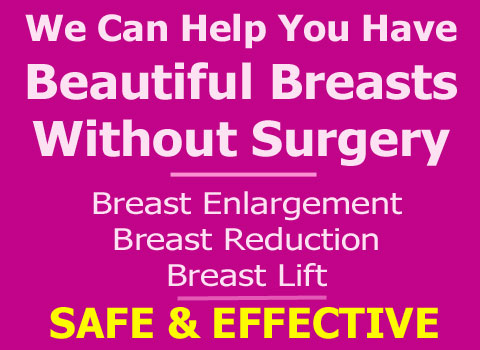
The nipple is the focal point of the breast and most important structure on the bosom. The scientific name for the structure is mammary papilla, although it is rare to hear that term outside of a biology laboratory or medical classroom. These multi-use structures facilitate breastfeeding, respond to sexual stimulation and even grow in response to cold temperatures.
In essence, this structure is the proverbial star of the breast anatomy.
What are Mammary Papilla?
Nipples are small outward projections of skin, connective tissue, vascular tissue and nerve fibers. They are surrounded by the areola and are located roughly in the center of the breast mound.
Mammary papilla profile can project slightly upward, outward or even downward, depending on the size and shape of the breasts and the elasticity of the skin.
Mammary papilla are rich in blood supply and neurological tissue, which makes them super sensitive.
During cosmetic surgery, periareolar incisions offer a great entrance point to the center of the breast and are used in augmentation, mastopexy and reduction procedures.
Many women do not like the look of their nipples and would love to change their appearance. Luckily, specific nipple surgery procedures are available to change the size, shape or color of these vital breast structures, as well as correct problematic inverted conditions.
Interesting Facts About Mammary Papilla
Average female nipples are sized between 1/4” to 5/8” long, although smaller and longer sizes are not uncommon.
Nipples can become erect due to an increase of blood flow and the use of tiny muscle fibers around the structural cone.
It is relatively common for people to develop mammary papilla in anatomical locations besides the breast. This is called an auxiliary nipple.
During breast development in young girls, the mammary papilla and areola are the first structures to grow and change, followed by the breast mound itself.
Breastfeeding and Mammary Papilla
The ability to feed a baby is given through the 10 – 20 lactiferous ducts, which empty into the circumference of the structural cone. These ducts trace back to the simple mammary glands, which produce milk for the infant.
Breast milk is actively secreted towards the mammary papilla and does not rely solely on suction from the baby’s mouth. Infants are born with a natural instinct to suck on a nipple, which is among the earliest of all behavioral developments.
Surgeries which disturb the nipple or underlying structures can affect or prevent breastfeeding in some circumstances.
Sexual Response from Nipples
The mammary papilla are secondary sexual organs, which can provide immense pleasure to a woman (or man) during sensual stimulation.
Nipples are also a visual aphrodisiac to a woman’s partner.
One indication of sexual arousal is stiffness of the structures, which is often a reassurance of sexual interest to a partner. Mammary papilla can become erect from direct contact, change of temperature or even erotic thoughts.
Mammary Papilla In Summation
Many cosmetic surgery procedures will either use the nipple as a surgical entrance point or actually move the location of the mammary papilla while re-shaping the breast.
Although a good doctor will do everything possible to maintain function and sensation, there is always the chance for sensory or functional reduction or loss. Surgeries involving the breast can alter or negate the ability to breastfeed or enjoy a satisfying sexual response.
Make sure you know the risks of any breast procedure before actually committing to surgery. Speak to your cosmetic surgeon about any specific questions or issues regarding how your procedure can affect your breasts.




